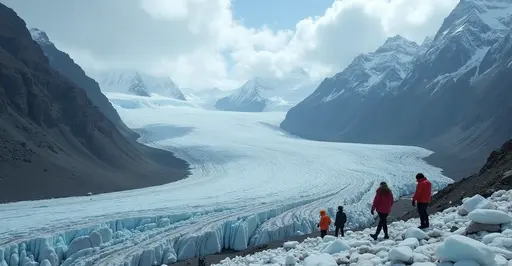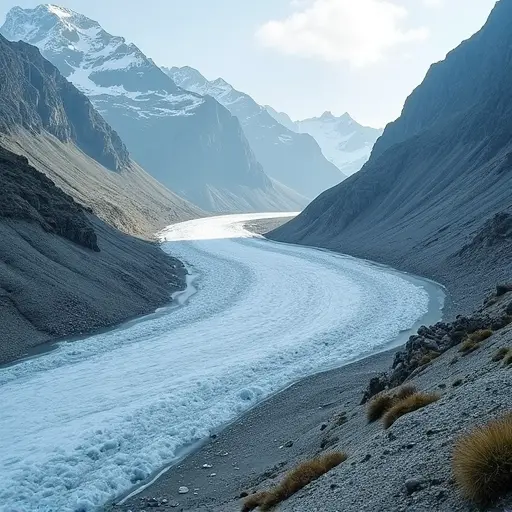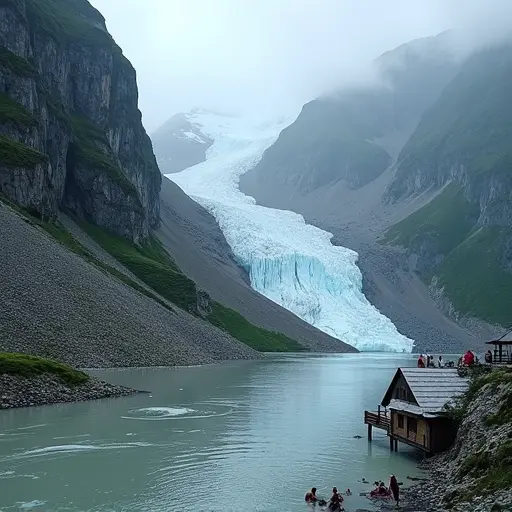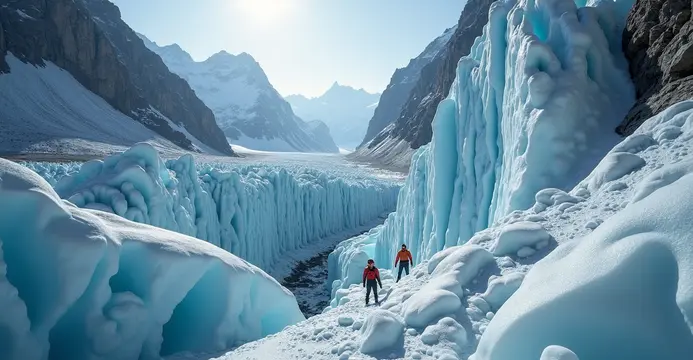
Ventina Glacier Retreat Forces Scientific Measurement Revolution
Italy's Ventina glacier in the northern Lombardy region has melted to such an extent that geologists can no longer safely conduct in-person measurements as they have for the past 130 years. The Lombardy Glaciological Service announced this week that the traditional measurement stakes on the Ventina glacier are now buried under shifting rocks and debris that have become unstable due to the rapid ice melt.
Historical Context and Accelerated Decline
Since measurements began in 1895, the Ventina glacier has retreated approximately 1.7 kilometers. The melting has dramatically accelerated in recent decades, with the glacier losing 431 meters in just the past ten years. This represents nearly half of the total retreat occurring since 2021 alone, highlighting the alarming pace of glacial disappearance.
Climate Change Impacts on Alpine Glaciers
The Ventina glacier's plight reflects a broader crisis affecting glaciers throughout the Alps and Dolomites. Record-hot summers combined with inadequate winter snowfall have created conditions where glaciers are melting faster than they can regenerate. Andrea Toffaletti of the Lombardy Glaciological Service explains: "For a glacier to regenerate and remain in balance, a certain amount of residual snow from winter must remain on the glacier's surface at the end of summer. This is happening less and less frequently."
Global Glacier Crisis
A recent study published in Nature revealed that glaciers worldwide are melting at an accelerating pace, with the Alps experiencing particularly severe losses. Since 2000, nearly 40% of the ice mass in the Alps has disappeared. Many glaciers are projected to vanish completely before the end of this century if current warming trends continue.
Technological Adaptation
The inability to conduct ground measurements safely has forced scientists to adopt advanced remote monitoring techniques. Drones equipped with high-resolution cameras and remote sensors will now track the glacier's continued shrinkage. This technological shift represents a significant departure from the hands-on scientific methods used for over a century.
Broader Implications
The disappearance of mountain glaciers threatens water supplies for hundreds of millions of people who depend on glacial meltwater for drinking, agriculture, and hydroelectric power. The Alps, often called "Europe's water tower," provide critical water resources to major river systems including the Rhine, Rhône, Po, and Danube basins.
Scientists warn that the accelerated melting of glaciers worldwide contributes significantly to sea-level rise and disrupts regional hydrological cycles. The transition to remote monitoring of the Ventina glacier serves as a stark indicator of how climate change is fundamentally altering our approach to studying and understanding these critical natural features.

 Nederlands
Nederlands
 English
English
 Français
Français
 Deutsch
Deutsch
 Español
Español
 Português
Português








